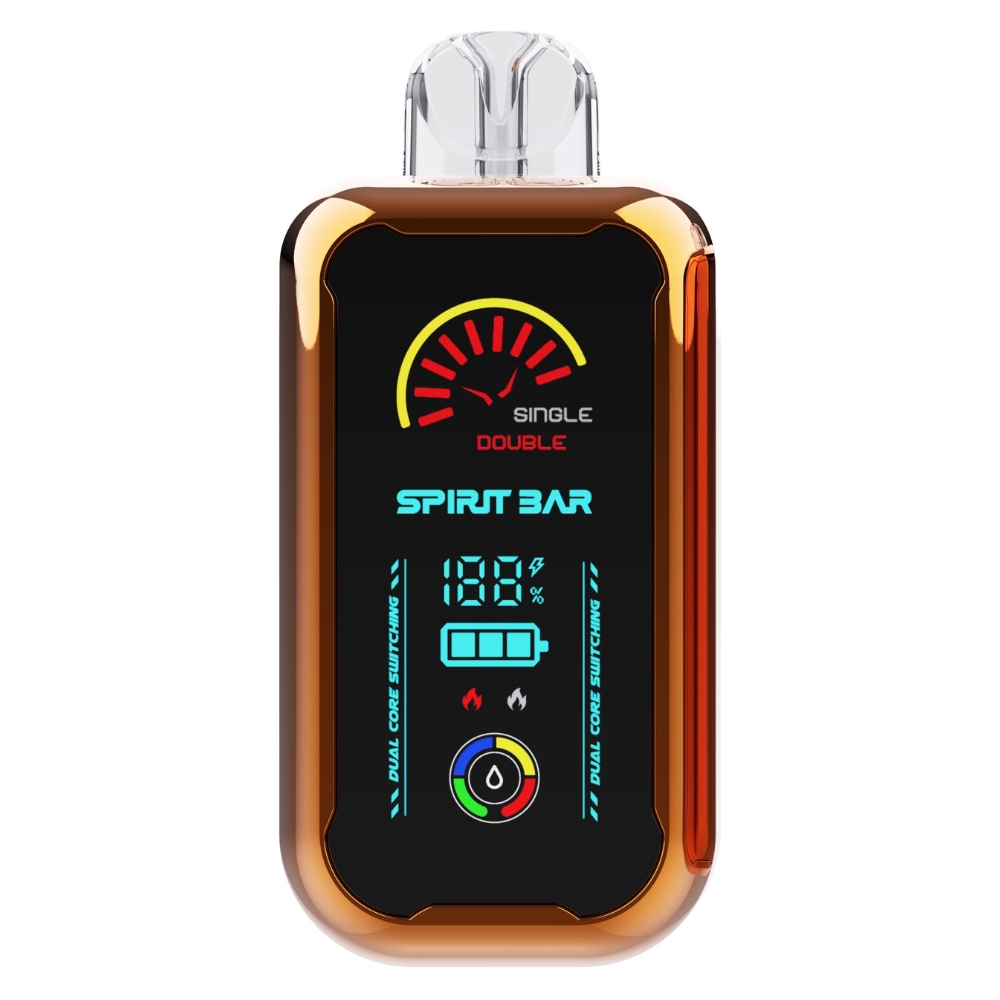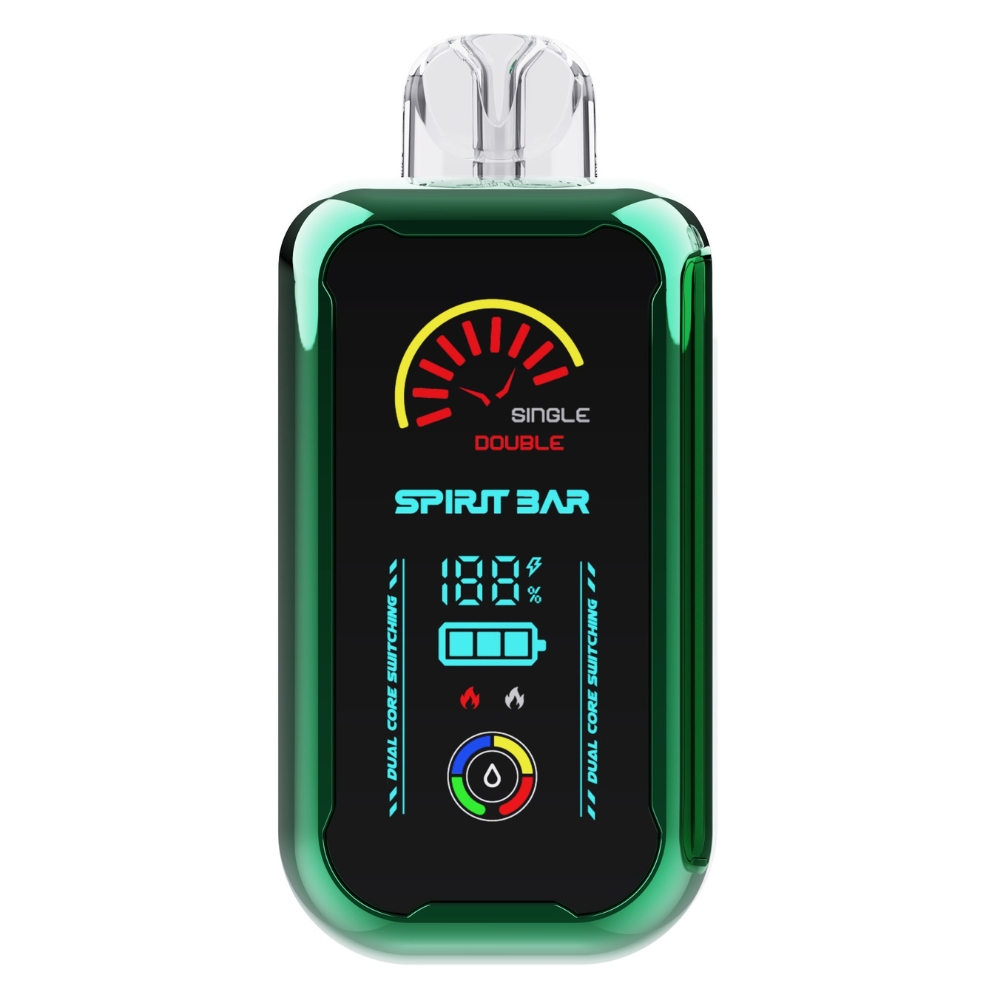How Is a THC Vape Cartridge Made: A Quick Guide
If you’re curious about how THC vape cartridges are made, you’re not alone. Vaping has become an increasingly popular way to consume cannabis, and vape cartridges are a convenient and discreet option for many people. But have you ever wondered what goes into making these cartridges?
To start, THC vape cartridges typically contain one gram of a THC concentrate, which can be made from a variety of cannabis extracts. The most common concentrates used are CO2 hash oil or distillates, both of which are quite viscous and need to be diluted with cutting agents to be vaped properly. Other types of extracts, like live resin or shatter, can also be used to make cartridges.
The process of making a THC vape cartridge involves mixing the concentrate with a cutting agent, like propylene glycol or vegetable glycerin, and adding terpenes for flavor and aroma. The mixture is then loaded into a cartridge, which contains a heating element that vaporizes the liquid when activated. While the process might seem simple, there are many factors that can affect the quality and safety of a THC vape cartridge, from the type of extract used to the quality of the cutting agent and terpenes.
Understanding THC Vape Cartridges
https://www.youtube.com/watch?v=5qEl2bsHgYo&embed=true
If you’re curious about how THC vape cartridges are made, you’ve come to the right place. Vape cartridges are a popular way to consume cannabis, and they’re made up of three main parts: the mouthpiece, the chamber, and the atomizer.
The mouthpiece is the top part of the cartridge that allows the vapor to flow upwards and out of the chamber and towards you. It is usually screwed onto the chamber to seal it, and sometimes reinforced with a little glue.
The chamber is the part of the cartridge that holds the cannabis oil. Most commonly, THC vape cartridges are filled with one gram of a THC concentrate, such as distillates, CO2 hash oil, BHO, live resin, shatter, or rosin. The most common concentrates used are CO2 hash oil or distillates. Both are quite viscous, so to be vaped properly, they are usually diluted with cutting agents.
The atomizer is the heating element that vaporizes the cannabis oil. It is usually made of a metal coil that heats up when you press the button on your vape pen. As the coil heats up, it vaporizes the cannabis oil in the chamber, which then flows through the mouthpiece and into your lungs.
It’s important to note that not all THC vape cartridges are created equal. Some cartridges may contain harmful additives or cutting agents that can be harmful to your health. It’s important to do your research and choose a reputable brand that uses high-quality, pure cannabis oil and safe cutting agents.
Overall, understanding how THC vape cartridges are made can help you make informed decisions about the products you consume. By choosing high-quality, pure cannabis oil and safe cutting agents, you can enjoy the benefits of vaping without putting your health at risk.
Sources of THC
https://www.youtube.com/watch?v=981MinkrVbA&embed=true
When it comes to making THC vape cartridges, the first step is to obtain the THC itself. There are several sources of THC that manufacturers can use, each with its own advantages and disadvantages.
Cannabis Flower
Cannabis flower is the most traditional source of THC. It is also the most natural and unprocessed source. Manufacturers can extract THC from the flower using solvents like butane, ethanol, or CO2. This process produces a concentrate that can then be used to fill vape cartridges. However, this method can be expensive and time-consuming, and the resulting concentrate may not be as pure as other sources of THC.
Distillate
Distillate is a highly refined form of THC that is made by distilling cannabis oil. It is a popular source of THC for vape cartridges because it is highly concentrated and pure. Distillate is also odorless and tasteless, which makes it ideal for use in vape cartridges. However, distillate can be expensive, and it may not contain as many of the beneficial compounds found in other sources of THC.
CO2 Oil
CO2 oil is another popular source of THC for vape cartridges. It is made by using supercritical CO2 to extract THC from cannabis. This method is considered to be safer and more environmentally friendly than other extraction methods. CO2 oil is also highly concentrated and pure, and it can be used to create a wide range of vape cartridges with different flavors and effects. However, CO2 oil can be expensive, and it may not contain as many of the beneficial compounds found in other sources of THC.
Live Resin
Live resin is a type of cannabis concentrate that is made from fresh cannabis flower that has been frozen immediately after harvesting. This method preserves the terpenes and other beneficial compounds found in the cannabis plant. Live resin is a popular source of THC for vape cartridges because it has a more complex flavor profile than other sources of THC. However, live resin can be expensive, and it may not be as pure as other sources of THC.
Overall, each source of THC has its own advantages and disadvantages. Manufacturers must choose the source that best fits their needs and the needs of their customers.
Extraction of THC
When it comes to making THC vape cartridges, the first step is to extract THC from the cannabis plant. There are two primary methods used to extract THC: solvent-based extraction and solventless extraction.
Solvent-based Extraction
Solvent-based extraction involves using a solvent, such as butane, propane, or ethanol, to extract THC from the cannabis plant. The process involves soaking the plant material in the solvent, which dissolves the THC and other cannabinoids. The resulting mixture is then filtered to remove any plant material, leaving behind a concentrated THC extract.
This method is popular because it is relatively quick and efficient. However, it is important to note that the use of solvents can be dangerous if not done properly. It is essential to use high-quality solvents and follow proper safety protocols to avoid any accidents.
Solventless Extraction
Solventless extraction, as the name suggests, does not involve the use of solvents. Instead, this method relies on mechanical or physical processes to extract THC from the cannabis plant. Examples of solventless extraction methods include dry-sift, ice water, and heat and pressure.
Dry-sift involves sifting the cannabis plant material through a fine mesh screen to separate the trichomes, which contain the THC. Ice water extraction involves using ice water to freeze the trichomes, which can then be separated from the plant material using a series of screens. Heat and pressure extraction involves using heat and pressure to force the THC out of the plant material.
Solventless extraction is generally considered to be safer and more natural than solvent-based extraction. However, it can be more time-consuming and less efficient, as it typically yields smaller amounts of THC extract.
Overall, both solvent-based and solventless extraction methods have their pros and cons. The method used to extract THC will depend on a variety of factors, including the desired end product and the resources available.
Creating the Vape Juice
To create the vape juice for a THC cartridge, you’ll need to mix THC extract, terpenes, and diluents. Here’s how to do it:
Mixing THC and Terpenes
First, mix the THC extract and terpenes together in a glass container. Terpenes are the aromatic compounds found in cannabis that give it its unique flavor and aroma. You can buy terpenes online or from a dispensary. The ratio of THC to terpenes will depend on your personal preference, but a good starting point is 1 gram of THC extract to 0.1-0.2 mL of terpenes.
Adding Diluents
Next, add diluents to the mixture. Diluents are liquids that help thin out the mixture and make it easier to vaporize. Popular diluents include propylene glycol (PG), vegetable glycerin (VG), and medium-chain triglycerides (MCT) oil. The amount of diluent you add will depend on the viscosity of your mixture and your desired potency.
It’s important to note that not all diluents are created equal. Some diluents can be harmful when heated and inhaled, so it’s important to do your research and choose a safe diluent. Additionally, diluting your mixture too much can affect the potency and flavor of your vape juice.
Once you’ve added your diluent, mix everything together thoroughly. You can use a magnetic stirrer or simply shake the container vigorously. Let the mixture sit for a few hours to allow the terpenes to fully infuse with the THC extract.
That’s it! You now have your own custom vape juice for your THC cartridge. Remember to handle your mixture with care and always follow safe vaping practices.
Filling the Cartridge
Once the cannabis oil or distillate has been extracted and refined, it is time to fill the cartridge. There are various methods to fill a THC vape cartridge, but the most common one is to use a cartridge filling machine. These machines can fill hundreds or even thousands of cartridges per hour, making it a quick and efficient process.
To fill a cartridge using a filling machine, you will need to follow these steps:
-
Prepare the Cartridges: Before filling the cartridges, you need to make sure they are clean and free of any debris. You can use a cleaning solution or wipe them down with alcohol to ensure they are sanitized.
-
Prepare the Oil: You will need to transfer the cannabis oil or distillate into a syringe or other container that can be used to fill the cartridges. Make sure you have enough oil to fill all of the cartridges you plan to fill.
-
Load the Cartridges: Load the cartridges into the filling machine, making sure they are properly aligned with the filling needle.
-
Fill the Cartridges: Turn on the filling machine and begin filling the cartridges with the cannabis oil or distillate. The machine will automatically fill each cartridge to the desired level.
-
Cap the Cartridges: After the cartridges have been filled, they need to be capped to prevent any leaks or spills. Most filling machines will also cap the cartridges automatically.
-
Label the Cartridges: Once the cartridges have been filled and capped, they can be labeled with the strain name, THC percentage, and other relevant information.
It is important to note that filling cartridges by hand can be a time-consuming and messy process. It can also be difficult to achieve consistent fill levels and prevent leaks. That’s why using a cartridge filling machine is the preferred method for most THC vape cartridge manufacturers.
Quality Control and Testing
When it comes to THC vape cartridges, quality control and testing are crucial to ensure safety and consistency. Here are some things to keep in mind:
-
Testing for potency and purity: Reputable manufacturers will test their products for potency (the amount of THC and other cannabinoids) and purity (the absence of harmful contaminants like pesticides and heavy metals). Look for products that have been tested by a third-party laboratory, and check the packaging for a batch number that corresponds to a test report available online.
-
Testing for residual solvents: Some extraction methods use solvents like butane or ethanol, which can leave behind harmful residues if not properly purged. Look for products that have been tested for residual solvents, and avoid products that exceed safe limits.
-
Testing for terpenes: Terpenes are aromatic compounds that give cannabis its distinctive flavors and aromas. Some manufacturers will test their products for terpene content, which can help you choose a product that matches your preferences.
-
Testing for vitamin E acetate: Vitamin E acetate is a thickening agent that has been linked to a recent outbreak of lung injuries associated with vaping. Reputable manufacturers will test their products for the presence of vitamin E acetate, and avoid using it altogether.
By choosing products that have been tested and verified for safety and quality, you can enjoy the benefits of THC vaping with peace of mind.
Packaging and Distribution
Once the THC vape cartridge has been manufactured, it needs to be packaged and distributed. Packaging is an essential aspect of the cannabis industry, and it is important to ensure that your product is packaged correctly to meet regulatory requirements and to protect it during transport and storage.
Quality vape hardware and packaging are essential for protecting the product that contains perishable cannabis oils, especially during transport and storage. A secure closure, padding, and barrier layers are all required to ensure the integrity of a product. The quality and security of the product packaging are essential for the success of your business.
There are a few things to consider when choosing packaging for your THC vape cartridge. First, you need to identify your product type, whether it’s a 510 c-cell, disposable cartridge, or a partisan cartridge. Once you have identified your product type, you need to get acquainted with the CR regulations and decide whether you’re going for one layer or two layers for your packaging.
Next, you need to pick a packaging style for the product. There are many different types of packaging available, including child-resistant packaging, blister packs, and more. It is important to choose a packaging style that is both functional and aesthetically pleasing.
Once your product is packaged, it is ready for distribution. Distributing your THC vape cartridge can be challenging, as regulations vary from state to state and country to country. It is important to work with a reputable distributor who understands the regulations and can help you navigate the complex regulatory landscape.
In conclusion, packaging and distribution are essential aspects of the THC vape cartridge manufacturing process. It is important to choose quality packaging that meets regulatory requirements and protects your product during transport and storage. Work with a reputable distributor to ensure that your product is distributed legally and safely.


